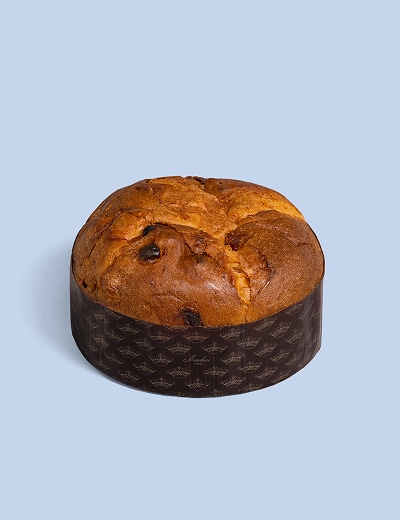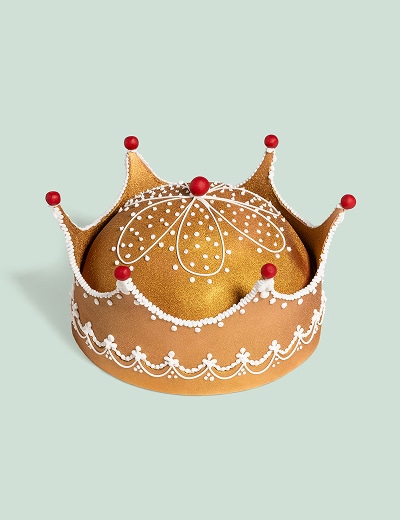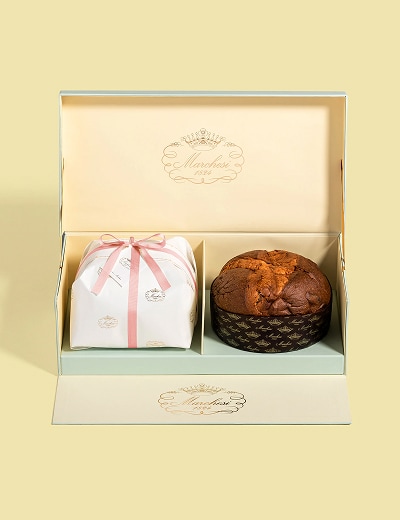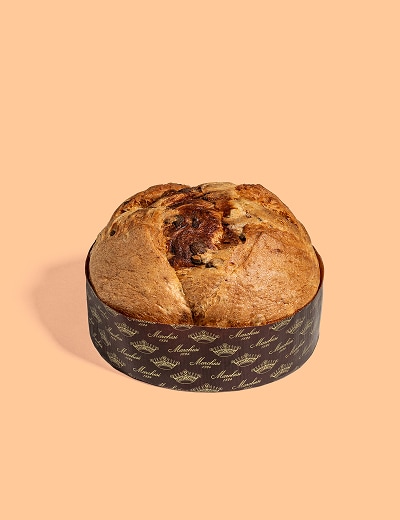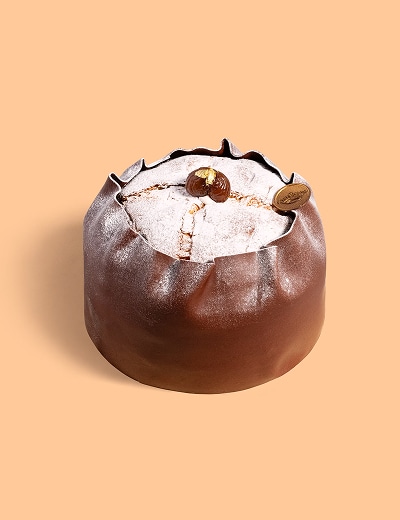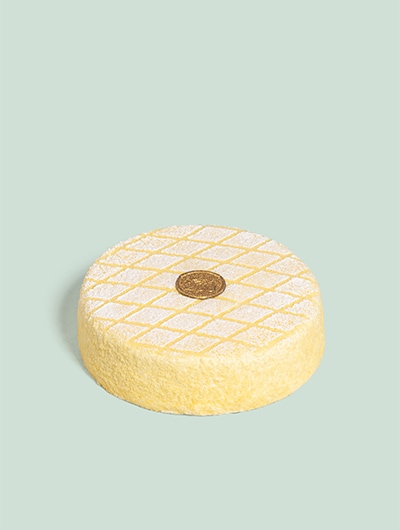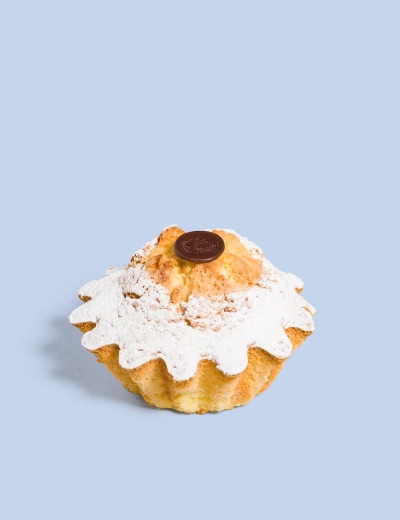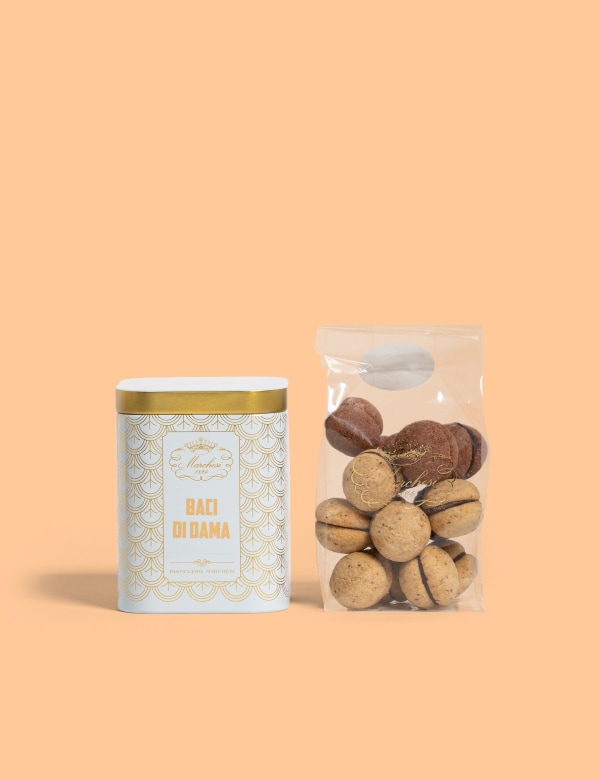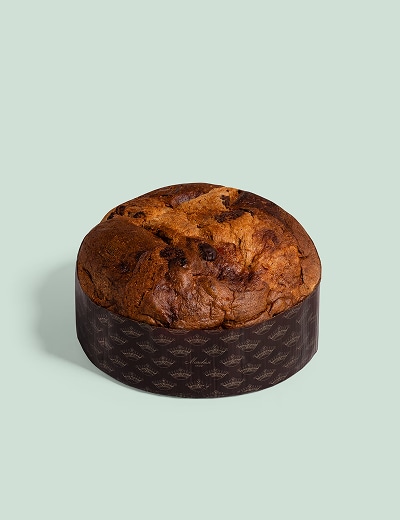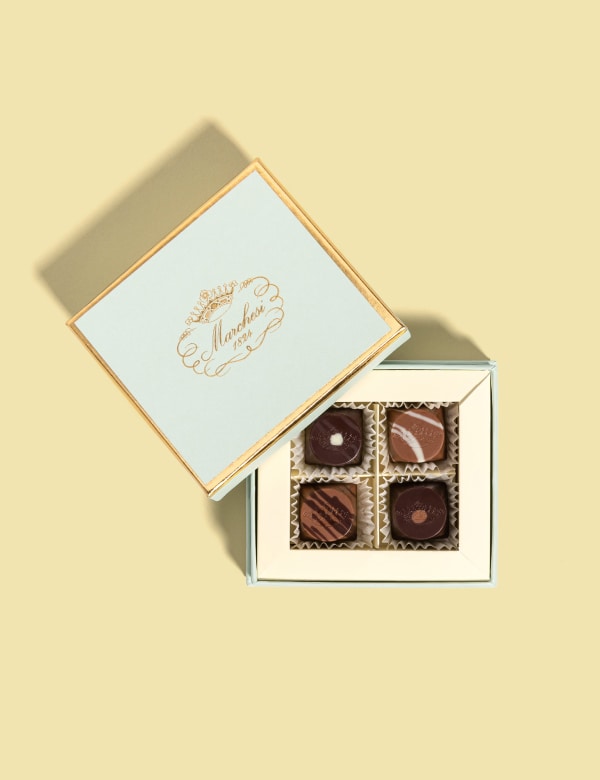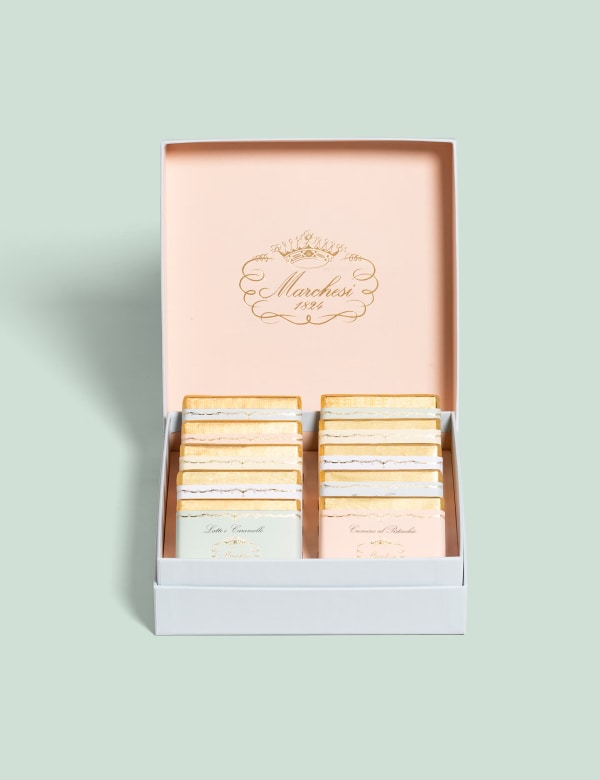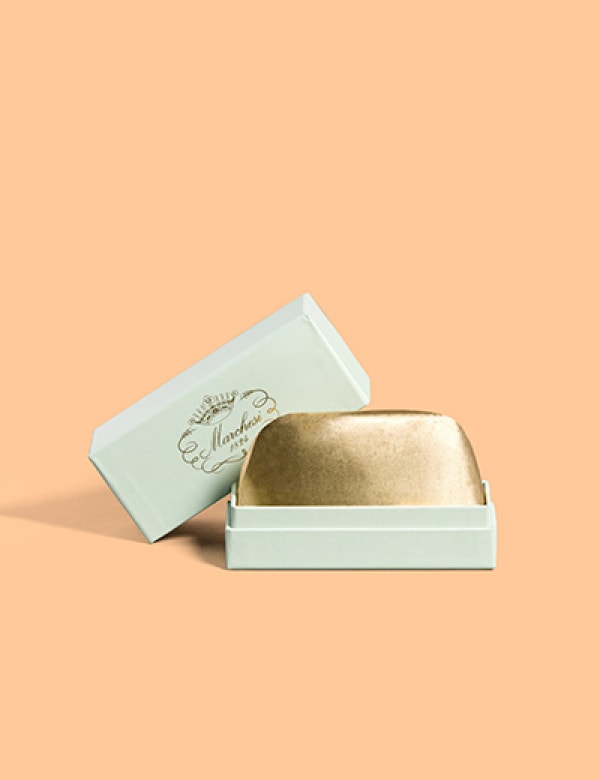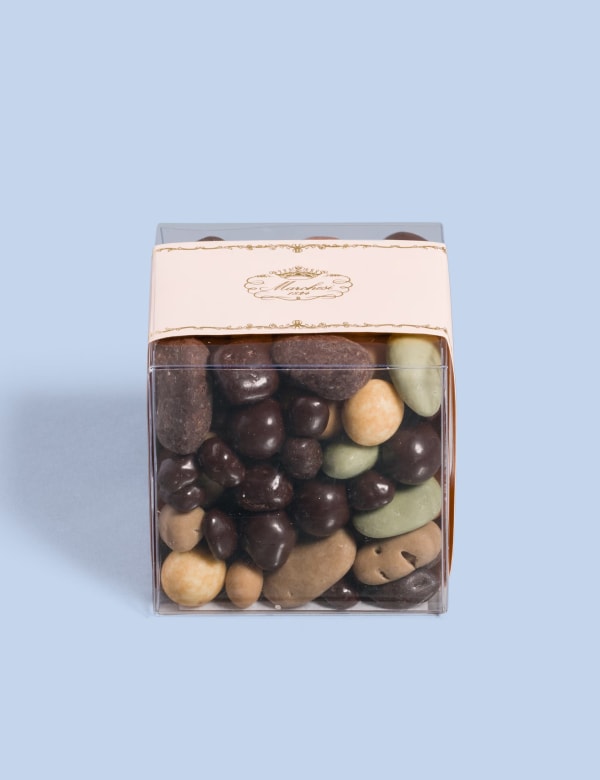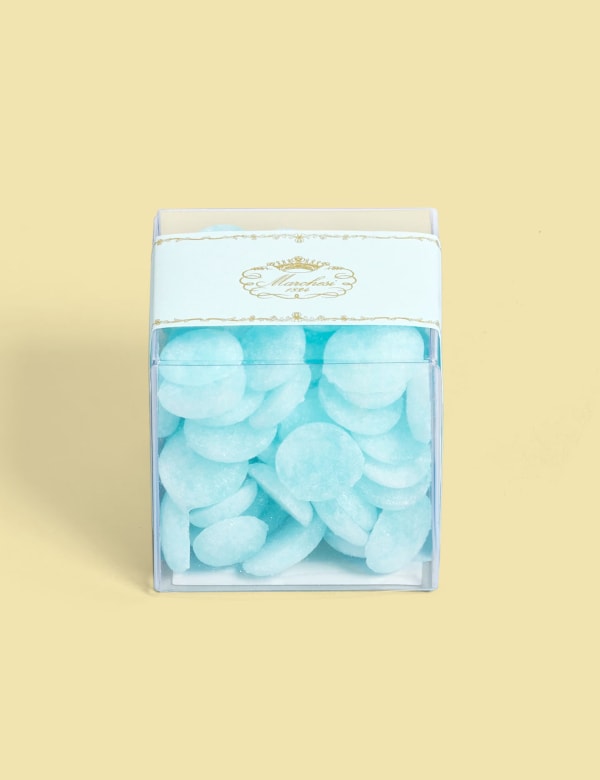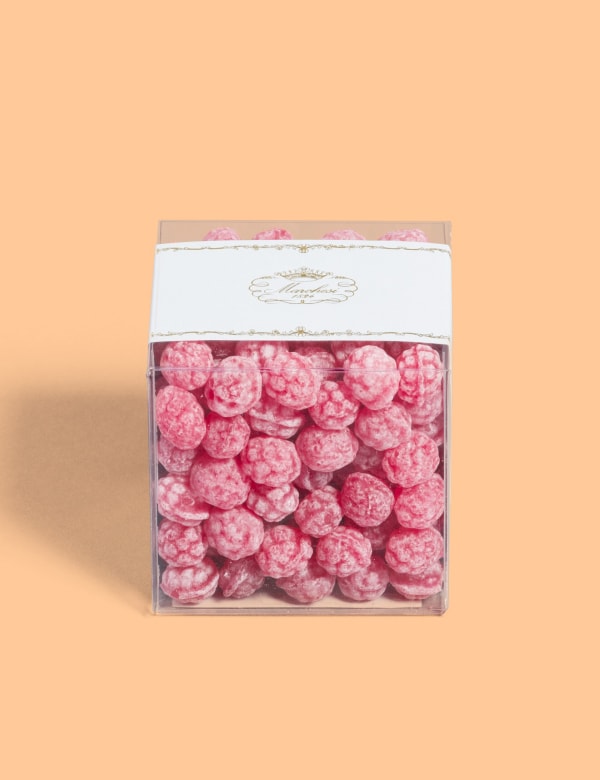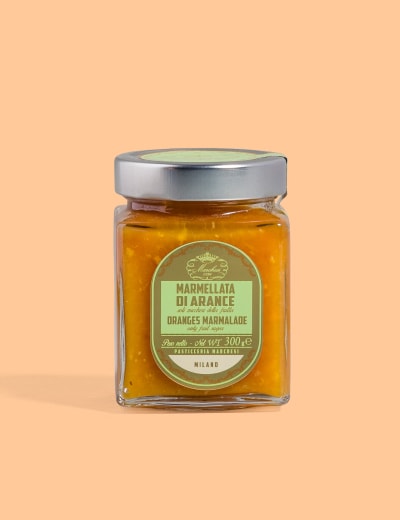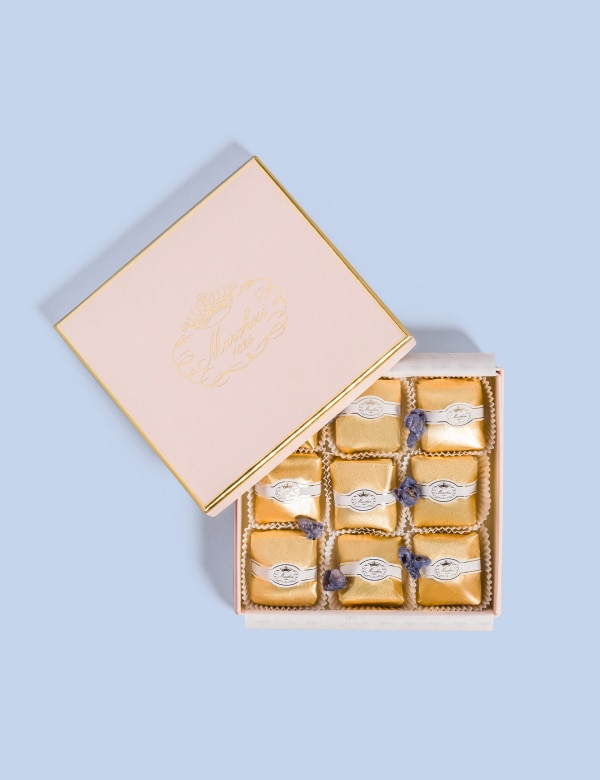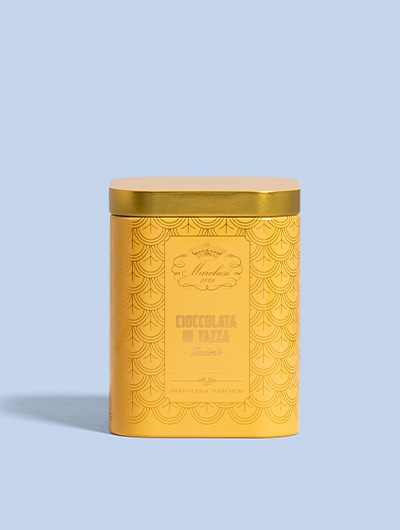
As one of the original three of four fruits from which all citrus types known today have developed, the citron clearly has a long history. Moreover, it is considered the purest of them all, making it an ideal candidate for inclusion in the creations of Marchesi 1824.
Like all citrus species, the citron is native to Southeast Asia, where it can still be found in a wild, uncultivated form. Humanity has been growing the citron since ancient times, and by the 4th century B.C., it was mainly being cultivated in Persia. Indeed, when the Greek writer Theophrastus described it, he called it the “Persian Apple”. From there, the conquering armies of Alexander the Great brought it westwards to Europe.
In the 1st century A.D., the Roman naturalist Pliny the Elder wrote about the citron’s bitterness and strong odour, listing its various uses as an insect repellent, an antidote to poison, a breath freshener and a remedy for morning sickness.
The variety used by Marchesi 1824 is known as the Diamante, not because of any association with diamonds but after the town in Calabria which is famous for its cultivation The fruit, which grows on short trees and appears several times a year, is dense and fleshy, with an acidic, non-juicy pulp.
What the Marchesi 1824 cake-makers are interested in is the thick, white rind, which is candied, usually along with orange peel. The candying process involves steeping the rind in water and sugar then leaving it in the open air for around 3 weeks without adding any kind of preservative. This low-temperature process not only softens the citron but also ensures its full flavour remains intact.
Once this labour of love is complete, the candied citron is ready to add an exquisitely sweet tang to the famous Marchesi 1824 panettone, as well as plumcake, strudel, Kranz cake and various other creations of the historic Milanese pastry shop.

